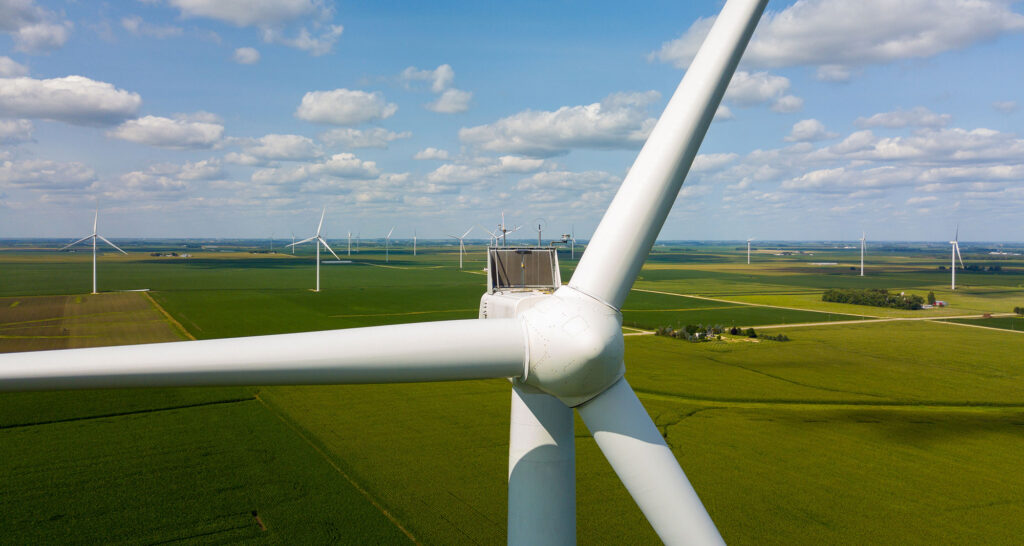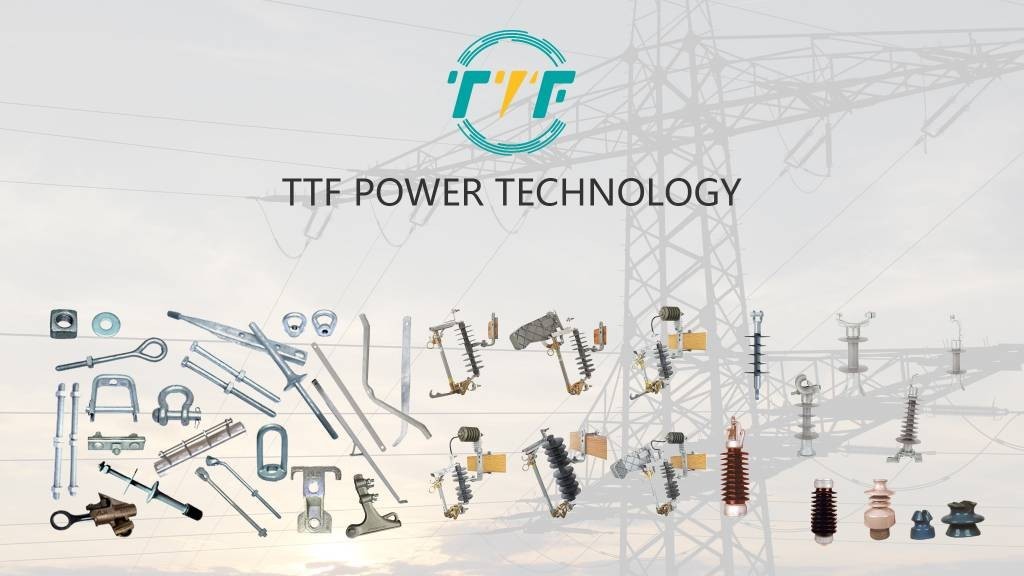
Engie Chile hired CRJ Renewables, a Portugal-based renewable energy company, to construct a 165 MW wind farm to transition to a more sustainable energy matrix. The collaboration highlights the global effort to expand clean energy infrastructure in regions with high renewable energy potential. Engie and CJR Renewables are developing the Pemuco wind farm to drive renewable energy growth and reduce greenhouse gas emissions. The company has diversified Chile’s portfolio, including solar, wind, and hydropower projects. It also brings technical expertise and experience in managing large-scale wind energy projects to ensure efficient and timely construction. The Pemuco wind farm includes the installation of wind turbines, electrical infrastructure, and other critical components. This development has opportunities to expand renewable energy capacity, technological advancements, and global collaboration. Armor rods protect and reinforce overhead conductors that transmit electricity from wind turbines to the grid.
Armor rods are crucial components in the construction, expansion, and development of wind farms in Chile. High-quality armor rods are crucial for ensuring the durability, safety, and efficiency of the electrical infrastructure. This also supports the successful operation of wind farms and contributes to Chile’s renewable energy goals. Armor rods also address challenges such as mechanical stress, vibrations, and harsh environmental conditions. They help protect the conductor’s transmitting electricity from the wind turbines to the substation.
Applications of armor rods in wind farm construction and expansion
Armor rods are protective components used in wind farm construction for power transmission lines. Armor rods help ensure the safety, durability, and efficiency of electrical infrastructure. These components also help in protecting conductors, reducing wear, preventing faults, and enhancing transmission stability. They also ensure the Pemuco wind farm maintains a reliable, efficient, and long-lasting renewable energy infrastructure. Discussed below are the applications of armor rods as used in wind farm construction in Chile.

- Protecting conductors from mechanical stress—wind farms in Chile need high-voltage transmission lines carrying electricity from turbines to substations. Armor rods prevent conductor damage caused by strong winds, vibrations, and tension during operation.
- Preventing wire fatigue and abrasion—armor rods protect the wires from wearing out due to friction with insulators, clamps, and other components.
- Reducing electrical arcing—poor support of conductors can cause electrical faults or arcing, which leads to energy loss. Armor rods enhance the electrical performance of transmission lines by ensuring firm, vibration-free connections.
- Enhancing structural stability of transmission lines—armor rods strengthen conductors and ensure they remain attached to poles and towers. Wind energy projects need extensive overhead transmission networks to distribute power efficiently.
- Improving wind farm reliability and efficiency—armor rods help reduce maintenance costs and downtime. This ensures consistent energy generation and transmission, which makes Chile’s wind farms more cost-effective and sustainable.
Potential barriers to the wind farm construction in Chile
CJR Renewables is making strides with the 165 MW Pemuco wind farm in Chile’s Nuble region. There are several challenges that the construction may face during development. They range from regulatory hurdles to technical difficulties, which could impact timelines, costs, and efficiency. Successful integration of these issues needs proactive planning, strong stakeholder engagement, and strategic infrastructure investments. At TTF Power, we are a world-class global provider of high quality overhead line hardware, transmission hardware, distribution hardware, conductors, insulators, cutout switches, anchoring and grounding products. Here are the key potential challenges:

- Regulatory and environmental challenges—Chile has strict environmental and land-use regulations for renewable energy projects. Securing approvals for land use, environmental impact assessments, and grid connections can be time-consuming.
- Grid integration and transmission challenges—Chile has experienced grid congestion in areas with high renewable energy penetration. Delays in upgrading transmission networks could affect the efficient delivery of power.
- Supply chain and logistics issues—parts like wind turbine blades, nacelles, and transformers are imported, which could increase costs. There may be a need for upgrading roads, bridges, or ports to transport large wind turbine components.
- Investment risks—Wind farm development needs substantial upfront investments, and increased costs of materials, inflation, or currency fluctuations could impact feasibility. Fluctuations in electricity prices might lower financial returns for wind energy projects.
- Technical and engineering challenges—the wind conditions should be assessed to optimize wind turbine placement and efficiency. The wind farm infrastructure should be able to withstand high winds, seismic shocks, and heavy rainfall. Wind turbines need ongoing maintenance to optimize efficiency.